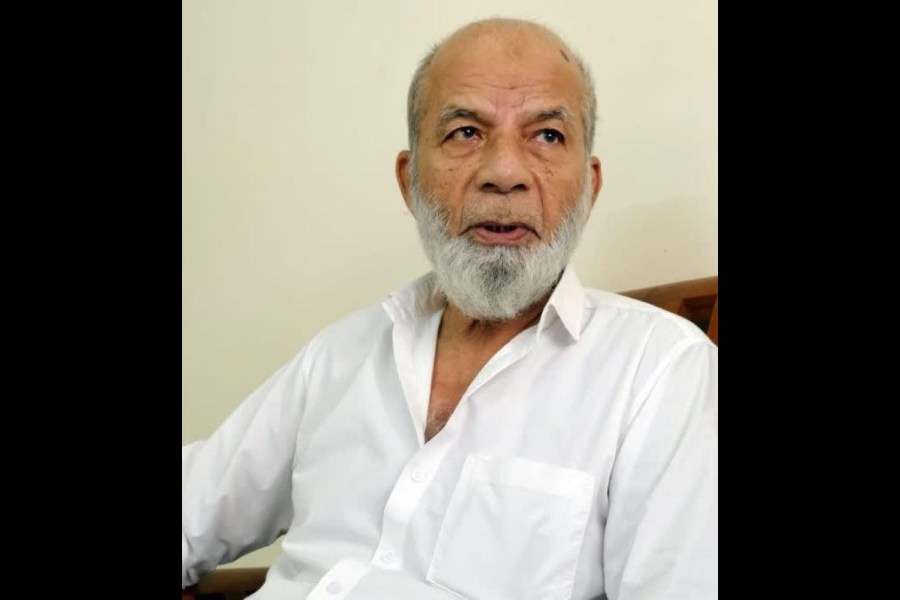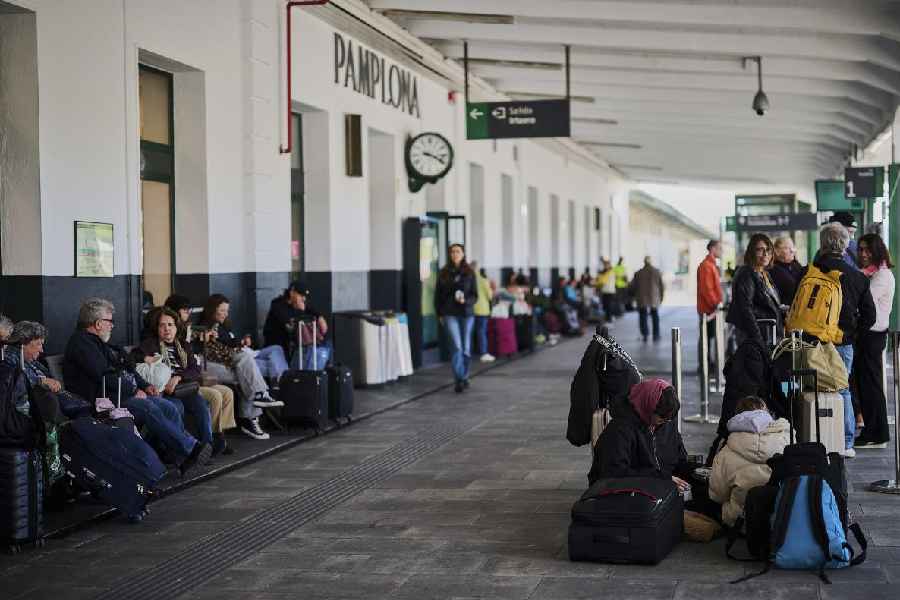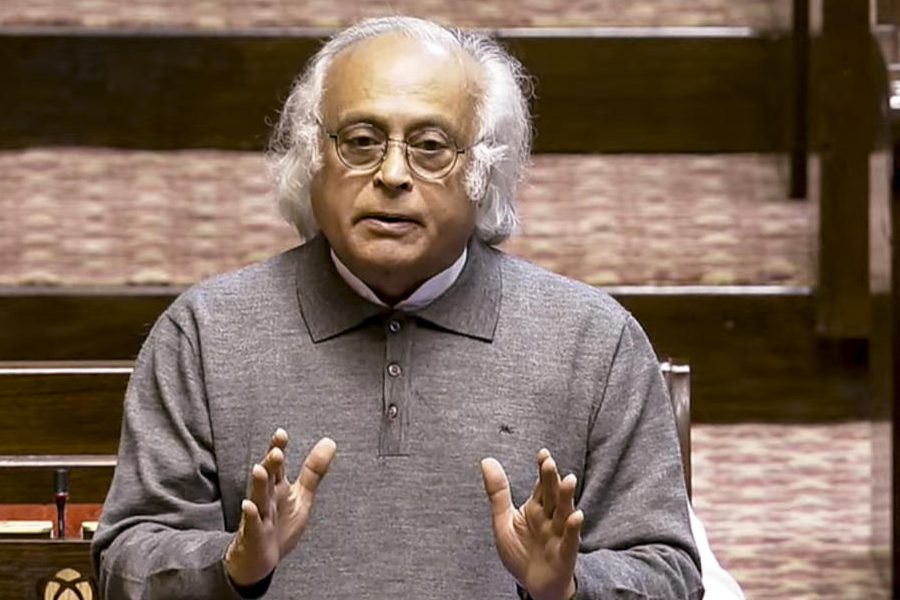 |
Guwahati, March 24: Car bomb, tiffin-box bomb, plane bomb… to Ulfa now goes the distinction of inventing the bicycle bomb.
When Guwahati police shoved militant Binoy Baishya into a lock-up on March 10, they did not realise they were virtually inviting a Trojan horse in, too.
For 13 days Baishya’s harmless-looking bicycle stood in the storeroom of Sualkuchi police station till the Ulfa courier broke down last night and revealed its deadly make-up.
Officers rushed to the storeroom. “We immediately separated the bicycle’s parts and found lethal explosives,” district police chief Debojit Hazarika said today.
Unlike the so-called “bicycle bombs” recently used in India and Afghanistan, Baishya’s two-wheeler hadn’t been fitted out with a bomb but converted into one, catapulting the Assam rebel group into the league of the Irish Republican Army and al Qaida as improvisers of the terrorist arsenal.
Two of the bicycle’s three metal frames had been stuffed with the explosives TNT and pentaerythritol tetranitrate (PETN), also known as pentrite. Fortunately, the bike wasn’t designed to go off by itself unless by accident.
“Baishya was carrying timers. Only the seat had to be removed to fit a detonator and trigger a blast. We had never before seen anything like it,” Hazarika said.
It has, however, taken the device 88 years to evolve since the first vehicle-bomb attack, better known as the Wall Street Bombing. A suspected group of anarchists had packed a horse-drawn carriage with iron slugs and dynamite and blown it up with a timer in New York’s financial district on September 16, 1920.
The idea developed into the car bomb, truck bomb and perhaps the “aircraft bombs” used by Osama bin Laden on September 11, 2001. But the true bike bomb stayed elusive, although the IRA launched the bike-strapped-with-bomb variety in Coventry in August 1939.
Baishya had fooled the police by carrying an ordinary bomb, too, in a bag that was promptly seized after his arrest at a road check-post, admitted Sualkuchi officer-in-charge R.P. Singh.
“We had information that an Ulfa militant would hand over a bomb to another in the area, so we had strengthened road vigil,” Singh said.
Baishya, remanded on March 11, was taken to Rangiya police station where he capitulated before questioning.
“Our job has become more difficult. We’ll now have to check not only the bags hanging from bicycles but also the frames,” a constable said.
The most astonishing use of a bicycle to kill, though, occurs in Bengali crime fiction. In one of Saradindu Bandyopadhyay’s stories, a rider uses his bicycle bell as a trigger to fire poisoned needles, drawing grudging admiration from the great detective, Byomkesh Bakshi.
No Bengal militant group, though, before or after Independence, was spurred to explore the bike’s possibilities.










